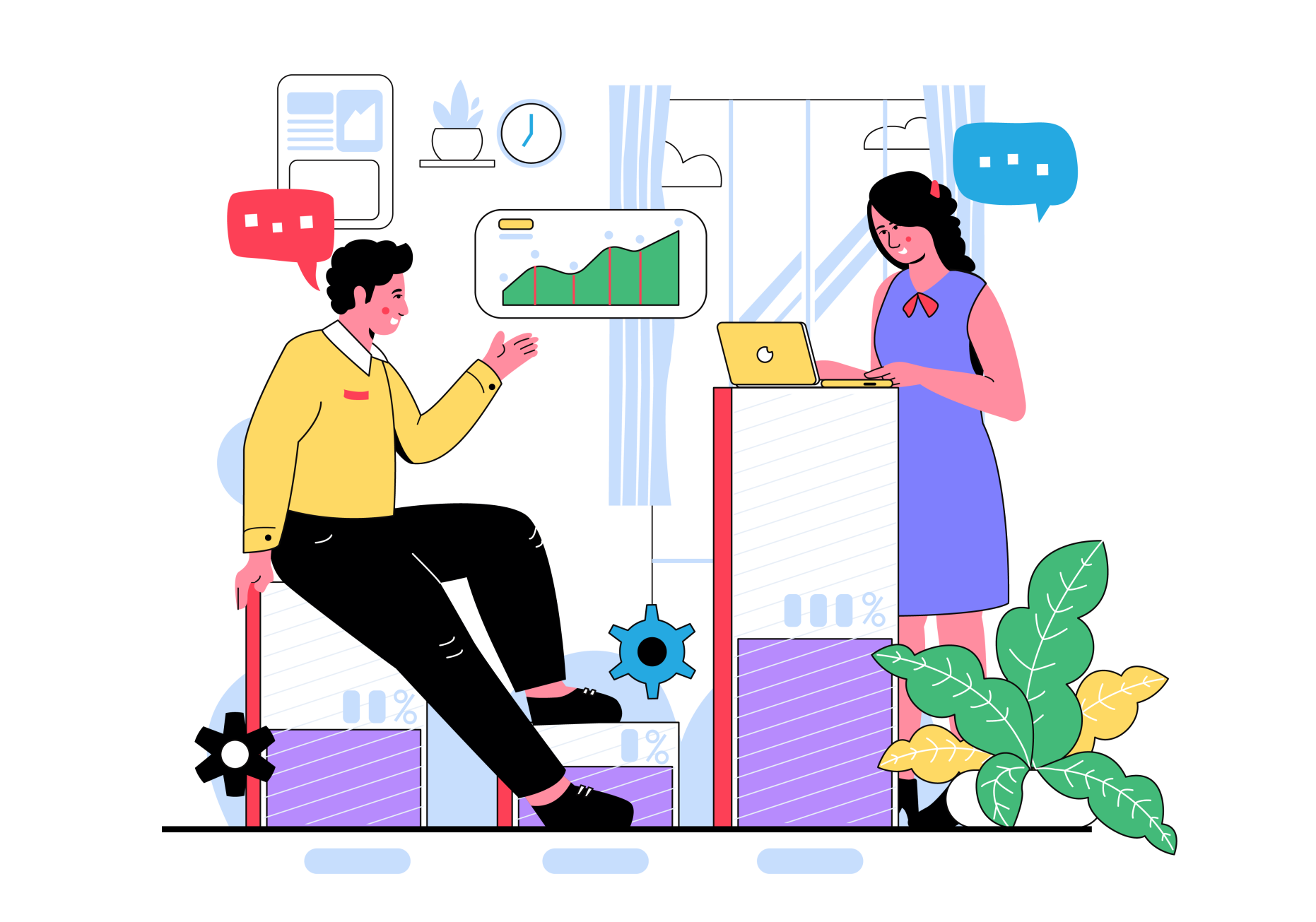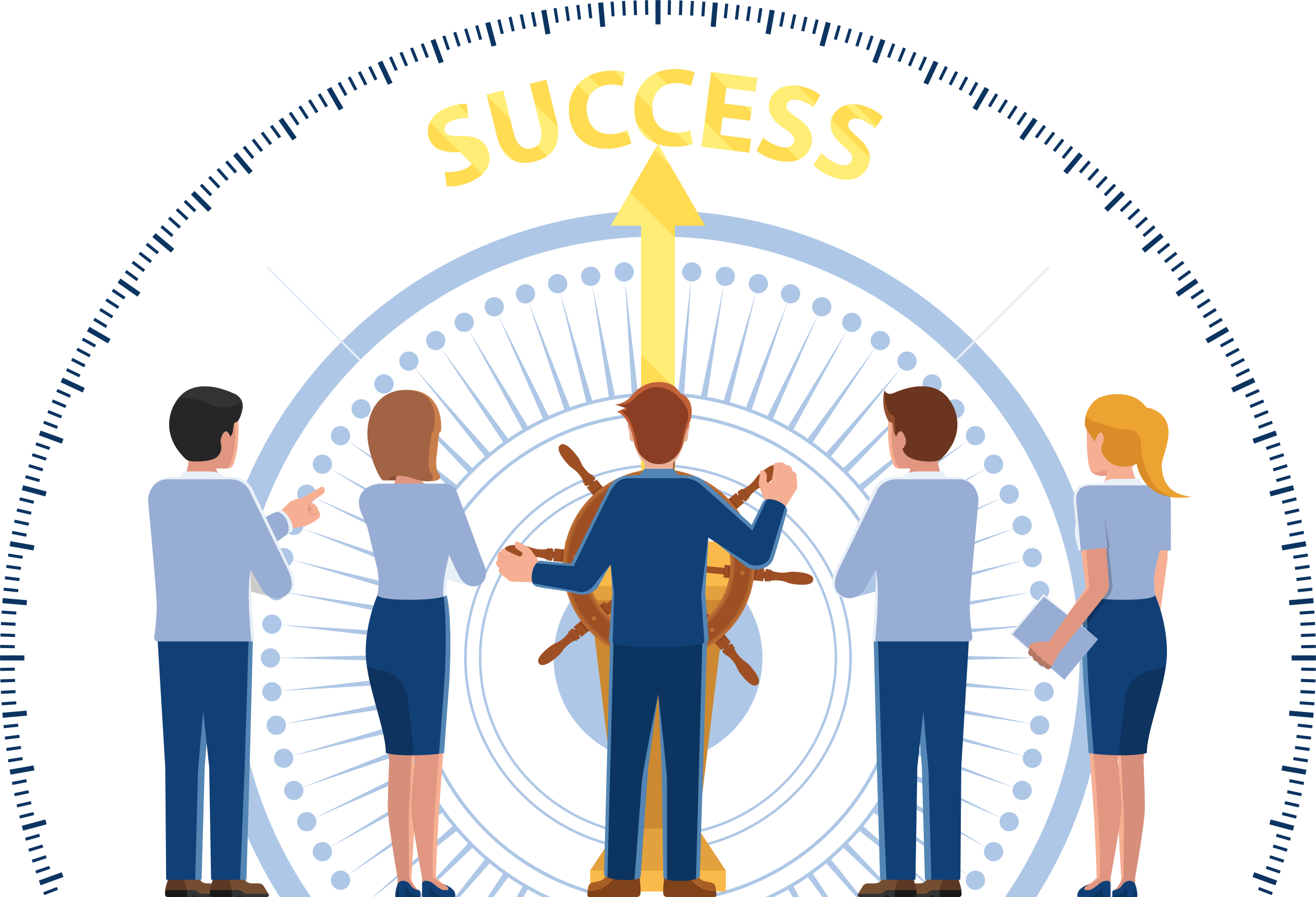Overview
A LinkedIn contact reached out to me today with a problem, complimenting me (very kindly) on some of the free resources for CSMs that I have put out into the community and asking me if I had any articles or other content on the specific challenge they faced. The problem they had was a good problem, in the sense that it arose from the growth in numbers of customers that their company had been experiencing. Here’s what he wrote to me (very slightly paraphrased for brevity):
Good morning Rick,
I read your articles and saw your videos about scaling customer success and it makes a lot of sense to think customer centric to segment the customers.
As there’s no room for the CSM team to expand at the moment I need to look into more “tech touch” possibilities. I have a lot of high touch customers with a named CSM, but every year there’re new logos to add and no extra CSMs to handle the high touch.
The question is how do we phase out a high-touch customer and move it to low/tech touch when they are used to having a named CSM?
Kind regards,
D
My immediate thought was “what a great question!” and my second thought was that no, regrettably I didn’t have an article on this topic that I could share with my LinkedIn connection, so…. Here goes and thank you very much “D” for reaching out to me with such a great question.
The Problem – We Don’t Want to Upset our Customers
Let’s start by clarifying the issue. The problem arises from a need to scale Customer Success services more efficiently in order to increase productivity and reduce expenditure. That need tends to arise as companies grow from very small or smaller operations into more medium-sized companies with a larger number of customers.
In those earlier days when the company is still small, each individual customer is very important to the business because it represents a significant chunk of the overall revenues coming into the business. As the business grows and more and more customers come on board, each individual customer becomes proportionately less important. In the early days it may be both possible and worthwhile to throw “actual” CSMs at most or even every customer, since each one is very important to the company, and the business sis therefore prepared to invest in services to ensure that customer remains as a customer.
Moving forwards, it becomes harder and harder to scale this model, because the proportionate value of each customer goes down, whilst the cost of providing a CSM service either remains the same or (due to an increase in management levels and other overheads associated with larger teams) actually goes up.
So the solution to this problem of course is to automate, or perhaps to semi-automate – what my friend Jason Noble, VP Customer Success at Vinli Inc describes as “Tech-Enabled” (providing technology alongside and complementary to a CSM’s services), rather than “Tech-Touch” (replacing a CSM’s services with a fully automated service). Either way, however, the issue is the potential perception from the customer that they are paying the same fees as before but getting a reduced service, causing dissatisfaction and unhappiness from the customer’s stakeholders, in turn perhaps leading to lost upsell opportunities with that customer or even to customer churn!
The Solution – Provide a Better Service for Everyone
The first thing to do here is to entirely drop the concept of it being a battle or contest between buyer and supplier, whereby if one side wins then the other side loses. That’s how it works in the boxing ring, but it is definitely not how it should work in the world of business! The fact of the matter is that creating a cost saving for the supplier does not have to imply a reduction in value for the customer. Of course it could do if we allowed it to do so, but (hopefully) that’s within our power to control and so we’re not going to allow it do so!
The fact of the matter is that creating a cost saving for the supplier does not have to imply a reduction in value for the customer. Of course it could do if we allowed it to do so, but (hopefully) that’s within our power to control and so we’re not going to allow it do so!
In the immortal words of Ella Fitzgerald, “’Tain’t what you do it’s the way that you do it, that’s what gets results.” We may need to make cost savings in order to scale our customer success program, but no one said we couldn’t also make other improvements to the CS service that we offer at the same time.
Below are my four suggested steps for doing this…
Step 1: Know Your Customer’s Mind
The first step I would recommend when faced with the problem of scaling to create efficiency whilst keeping existing customers happy is to go and learn stuff from your customers. Find out what they really think about your customer success service – you may be surprised! Let me put it this way – I know of several companies that incentivize and reward their CSMs based upon the number of meetings attended. Now, whenever I hear that CSMs (or indeed any other function) are incentivized by the quantity of work rather than the quality of outcomes I immediately feel the need to question it. In this instance, I would ask the question – how much value are your customers getting out of all these meetings? After all, your product or service is just one of perhaps a great number of products and services that your customer purchases, and let’s be honest, your customer’s stakeholders are not going to be very productive if they spend all their time holding review meetings or (worse) “get to know you” meetings with their suppliers’ CSMs.
I’m not saying your customer’s stakeholders are sick of the sight of your CSMs or sigh deeply at the arrival of yet another phone call or email from them, that may not be the case at all… but on the other hand, it might be! The point is – do you really know? And by “really know” I do not mean the NPS score, or even you asking them if everything’s fine and them saying “yeah, all good.” We need to get beyond that – that’s just the cultural pleasantries that we all say in order to prevent society from breaking down entirely and everyone rushing around telling the actual truth to each other with all the concomitant disasters that would befall us should that ever happen!
Going beyond social pleasantries requires three things:
Firstly it requires explicit permission. You have to explain to your customers’ stakeholders that you really do want them to search deeply for the real truth about how they feel about your company and your CS service and then you want them to tell you it in all its unadorned and naked reality. In doing this you are “allowing” them to be honest and open with you, without them needing to dress up their answers in the usual social pleasantries that they might otherwise feel required to do.
Secondly, it requires trust. By asking someone to tell you the truth you are effectively asking someone to trust you with that truth. There is a perfectly good reason why we don’t tell everyone what we really think about them, included within which is that we may not think that it’s in our own (ie the customer’s) best interests for them to know what we think. We have to make sure therefore that they trust us sufficiently to open up and be honest with us.
Thirdly it requires specificity. What I mean by this is that very often a customer’s stakeholders aren’t going to know what to tell you, or how to express it. They need help. Asking someone questions like “Is our customer success service good?” or even “How would you like us to improve our customer success service?” is great, but in asking these questions we are relying entirely upon the poor old customer stakeholder to know what “good” or “bad” looks like, or in what ways our customer service might be made better. The last time I looked, my customers weren’t customer success experts – they were experts in their own industries – so we shouldn’t expect them to be able to rattle off all the things they do and don’t like about our service and in what ways it can be improved upon. Some general questions are of course fine, but then we need to delve a little deeper and ask better quality, more probing questions to find out exactly what’s going well and what isn’t. This is exactly the same as the doctor with a new patient, who might start out with a general question such as “So, how are you feeling today?” but then based upon the answers received moves quickly to much more direct and specific questions to clarify the exact nature of their patient’s ailment. We must do the same.
Of course, you may also run into the issue of finding sufficient customer stakeholders that have the time or other availability to give you in order to complete your research. If this is a potential issue then perhaps you could look at how you might be able to reward or incentivize your customers in return for the valuable information you want them to provide you with – maybe a discount or number of month’s extensions on their contract for example.
Step 2: Build a Better Service for Them
Once we understand our customers’ stakeholders’ minds we are in a much better position to start thinking about how we can design a customer success service that meets both our own requirements for cost savings and that meets our customers’ desires for better quality service (or at the very least the same level of service) at the same time. What this might be and how it might differ from what you currently offer your customers is of course unknown to me since as I sit here writing this I cannot know either your starting point (ie what you offer right now as a customer success service) or your destination (those things that your customers will have told you about your CS service that they’d like to see improved).
However, what I would suggest that a lot of customers might be interested in is likely to be things that you are interested in too. These might include things like the following:
- More accurate, more up-to-date, and more easily accessible data
- Better quality reporting that makes sense of this data in ways that are actually useful to the customer
- Faster responses to problems encountered or questions submitted
- Ensuring their feedback really gets listened to and acted upon – especially re product/service development
- A greater understanding of how your product/service translates into measurable value
Of course, the list you get from your customers might be very different from the above list, but I’m willing to bet a round of drinks that for the majority of us, things like “more meetings with CSMs” or “more time talking about stuff on the phone” or “more “get to know you” sessions” are not going to feature as often or as high as the things I have listed.
And of course, that leads me to the good news, which is that in a lot of cases at least some (though admittedly not all) of what the customer wants to see as improvements in your customer success service coincide very well with or are even identical to what you want to see. For example, you want a more efficient customer success service that uses less of your CSM’s precious time – so is it too much of a leap to think that your customer’s stakeholder might also want a more efficient customer success service that uses less of their own equally precious time? They are likely to have every bit as big a productivity and workload issue as you do – maybe more so. Also, automation is likely to reduce your costs but is also likely to increase the accuracy, timeliness and accessibility of data. So again, is that not potentially a great win all around for everyone, customers included? And so on.
So the trick here is to be a little creative with your brief of “reduce the per-customer cost of our customer success services so we can provide it at scale” and look not just at reducing costs through automation but also at improving the quality of the service itself through that very same thing – automation.
Step 3: Market Your Customer Success Service as a Win/Win
I am told that great chefs know very well that “the first taste is not with the mouth but with the eyes”. Personally, I am more of a gourmand than a gourmet, so what I generally look for is a well-heaped-up plate – but that’s not really important right now. The point is that the reason why menus in high-class restaurants talk about “goujons” rather than “fried strips” or “escalopes” rather than “thin slices” is that they know full well that marketing is a very important part of their business. As with the catering trade so with customer success management. So… if you’re not a marketing expert then why not pop across and have a chat with your friends in the Marketing department, to see if they can provide some advice and assistance about how to educate, evangelize and otherwise explain the proposed changes to your existing customers to make those changes sound palatable to them and even to get them stirred up and excited about those changes?
At the very least and even if after extensive research you have not found a single way in which you can provide any value whatsoever to your existing customers by moving to an automated or semi-automated (remember our “Tech-Enabled” not “Tech-Touch” discussion earlier) customer success service, think of this… is it really in your customers’ best interests that you (their important supplier) go out of business? No of course it isn’t! It’s a dreadful hassle having to find a replacement supplier – much better to stick with what’s already working and delivering known value! So that fact that you are growing and thriving as a business and expanding from a smaller business into a larger business – just this fact alone – is cause for celebration not just internally but for your customers as well. It means that you can invest more in product/service development, it means you gain scales of economic savings that you can pass through to them, it means that you gain more expertise to provide them with, and it means that it reduces their risk of betting on a smaller player instead of a larger and more well established one. So there we go – even this alone is something to talk to your customers about as being of value to them as well as to your own company!
Step 4: Check it’s Working!
My fourth and final step should be a no-brainer, so I’m going to be very brief with it. Bearing in mind that our fear is that we will isolate, frustrate or otherwise upset, anger, or annoy our existing customers by moving them to a fully or perhaps partially automated customer success service. Therefore what we must not do is anything to increase that sense of isolation or frustration. Our customer may well accept or even as discussed even embrace a more automated CS service, if we explain it well beforehand, if we implement it with kindness and consideration and if we continue to ensure that our customer success service is still providing the levels of value that the customer expects it to. People take time to deal with change, so don’t rush into this or expect there to be a single transfer date when you failover from “the old way” to the “new way”. You have to help them understand and deal with this change… but what am I saying – this is Customer Success 101, right?
Plenty More if you’re Interested
So there you have it, I hope it was useful. There are lots more customer success-related articles, videos, and podcasts available for FREE on my website at PracticalCSM.com carefully hidden under the FREE STUFF menu. Please do avail yourself of all such stuff, and if you like it then why not sign up to my monthly newsletter to be kept updated about future CS-related content we produce?
Thanks for reading and please feel free to email me at rick.adams@practicalcsm.com if you have any questions or comments about what you have read.







